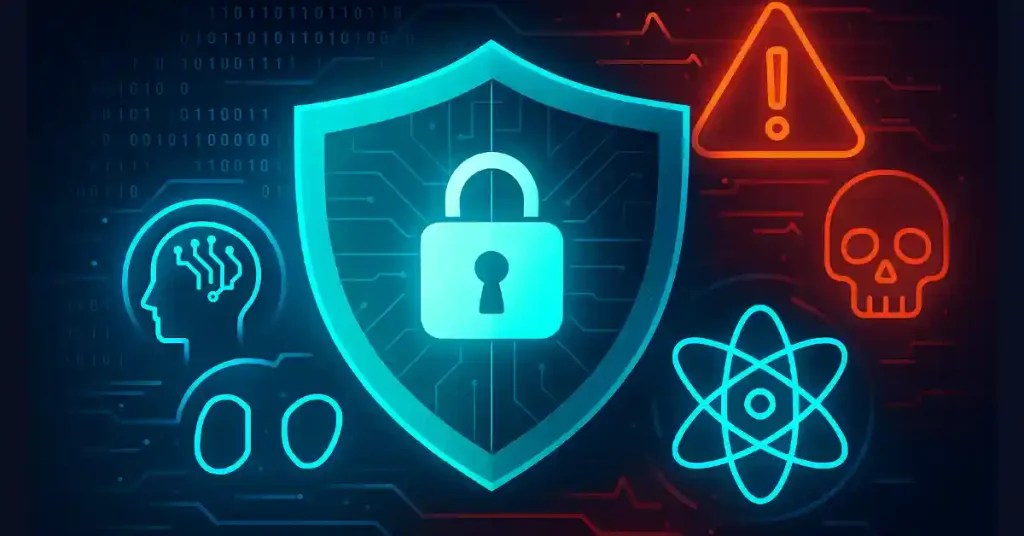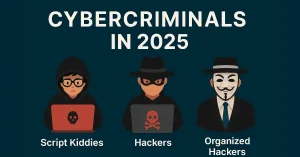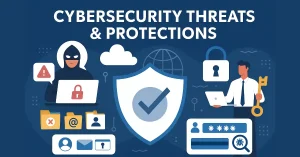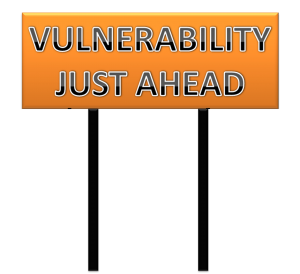As a cybersecurity expert with over 10 years in the trenches—defending everything from Fortune 500 networks to critical infrastructure—I’ve seen hackers evolve from script kiddies to state-sponsored maestros of digital chaos. But in 2025, the tide is turning. Cyber threats are more insidious than ever, with ransomware payouts dipping to $813.55 million in 2024, yet attacks surging by 105% since 2020.
Imagine a world where AI not only predicts breaches but neutralizes them in real-time, or where quantum computers that could crack old encryptions are met with unbreakable shields. That’s the reality we’re building.
This article dives into the groundbreaking innovations reshaping cybersecurity, arming organizations to stay one step ahead. And for many businesses overwhelmed by this complexity, turning to a reliable Managed IT Service provider has become the smart move to integrate these defenses seamlessly without building an in-house army.
The Escalating Battlefield: Why 2025 Demands Smarter Defenses
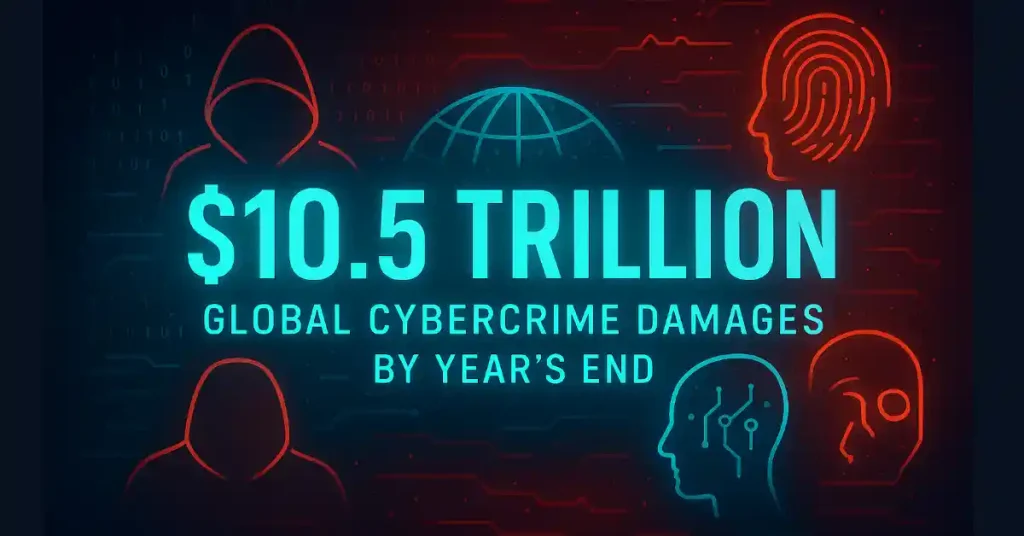
Picture this: A single deepfake video impersonates your CEO, tricking an employee into wiring millions. Or a supply chain glitch cascades into a nationwide outage, echoing the CrowdStrike debacle that crippled 8.5 million devices. These aren’t hypotheticals—they’re headlines from the past year.
Global cybercrime damages are projected to exceed $10.5 trillion annually by year’s end, fueled by AI-enhanced attacks and geopolitical tensions. Nation-state actors are ramping up assaults on critical infrastructure, while fraudsters wield generative AI for synthetic identities and voice cloning.
Yet, hope shines through innovation. According to Gartner, generative AI (GenAI) is driving data security programs, shifting focus from structured databases to unstructured content like emails and documents. The cybersecurity market has ballooned to $300 billion, with AI in cybersecurity expected to grow at a 24.4% CAGR to $93.75 billion by 2030. These advancements aren’t just buzzwords; they’re practical tools outsmarting hackers. Let’s explore the frontrunners.
AI: The Sentinel That Never Sleeps
Artificial intelligence is no longer a sidekick—it’s the star of cybersecurity in 2025. AI-driven systems sift through terabytes of data in seconds, spotting anomalies that human eyes would miss. Take predictive analytics: Machine learning models forecast threats by analyzing past patterns, reducing response times by up to 96% with platforms like Darktrace. Behavioral analytics monitors user habits, flagging suspicious logins or file accesses instantly.
But AI isn’t just defensive; it’s proactive. Automated incident response isolates breaches automatically, minimizing damage. In 2025, we’re seeing AI combat its dark twin—AI-powered malware.
Hackers use GenAI for sophisticated phishing and deepfakes, but defenders counter with AI that detects these fakes through subtle inconsistencies. For instance, biometric encryption, using fingerprints or iris scans converted to encrypted keys, is replacing vulnerable passwords, slashing identity theft risks.
Organizations adopting AI report 40% better attack detection accuracy. However, this power demands governance. Platforms for AI ethics and compliance are rising to ensure transparency and mitigate biases. As an expert, I advise starting small: Integrate AI into your endpoint detection and response (EDR) tools for immediate wins.
Quantum Leap: Post-Quantum Cryptography Takes Center Stage
Quantum computing isn’t science fiction anymore—it’s a looming threat to traditional encryption. By 2025, quantum machines could shatter RSA and ECC algorithms, exposing encrypted data worldwide. Enter post-quantum cryptography (PQC): Algorithms like lattice-based or hash-based signatures that withstand quantum attacks.
The urgency is real. The World Economic Forum’s Global Cybersecurity Outlook highlights how quantum advancements intensify the threat landscape amid geopolitical strife. Industries like finance and healthcare are prioritizing PQC, with standards from NIST guiding transitions. I’ve consulted on migrations where hybrid systems—blending old and new crypto—bridge the gap, ensuring seamless upgrades.
This innovation outsmarts hackers by future-proofing data. Imagine encrypting sensitive info today that remains secure even against tomorrow’s quantum supercomputers. But beware: Implementation requires expertise, which is where partnering with specialists shines.
Zero Trust: No More Blind Faith in Networks

Gone are the days of perimeter defenses; 2025 is the era of Zero Trust Architecture (ZTA). This model assumes breach and verifies every access request, regardless of origin. With 86.5% of organizations embracing ZTA, it’s addressing remote work and cloud vulnerabilities.
ZTA integrates micro-segmentation, continuous authentication, and least-privilege access, curbing lateral movement by attackers. In practice, it reduces breach impacts by containing threats early. Coupled with Cybersecurity Mesh Architecture (CSMA), it creates a modular ecosystem for decentralized environments like multi-cloud setups.
For IoT and 5G expansions—adding billions of devices—ZTA is crucial. These networks expand attack surfaces, but robust encryption and real-time monitoring mitigate risks. Hackers targeting 5G for data interception? ZTA’s verification layers slam the door shut.
Battling Ransomware and Supply Chain Saboteurs
Ransomware remains a scourge, with 378 U.S. organizations hit in early 2025 alone, recovery costing $2.73 million on average. Innovations like Ransomware-as-a-Service evolution demand evolved defenses: Regular backups, employee training, and AI-driven detection.
Supply chain attacks, exploiting vendor weaknesses, are surging. Solutions include proactive monitoring and ZTA extended to partners. Cybersecurity-as-a-Service (CaaS) is booming, offering on-demand threat detection and compliance for resource-strapped firms.
Empowering the Human Element and Building Resilience
Cyber resilience is key—systems that bounce back from attacks. This includes defensive AI breakthroughs and disrupting cybercriminal networks. Workforce diversity is rising, with women projected at 30% of the field, bringing fresh perspectives. Training addresses skills gaps, while regulations like NIS2 enforce baselines.
The Road Ahead: Outsmarting Tomorrow’s Threats
In 2025, cybersecurity isn’t about reacting—it’s about anticipating. These innovations—AI sentinels, quantum shields, Zero Trust fortresses—empower us to outmaneuver hackers. But success hinges on adoption. Start by assessing your vulnerabilities, leveraging Managed IT Service for expert integration, and fostering a culture of vigilance. The digital world is a battlefield, but with these shields up, victory is within reach. Stay secure, stay ahead.

